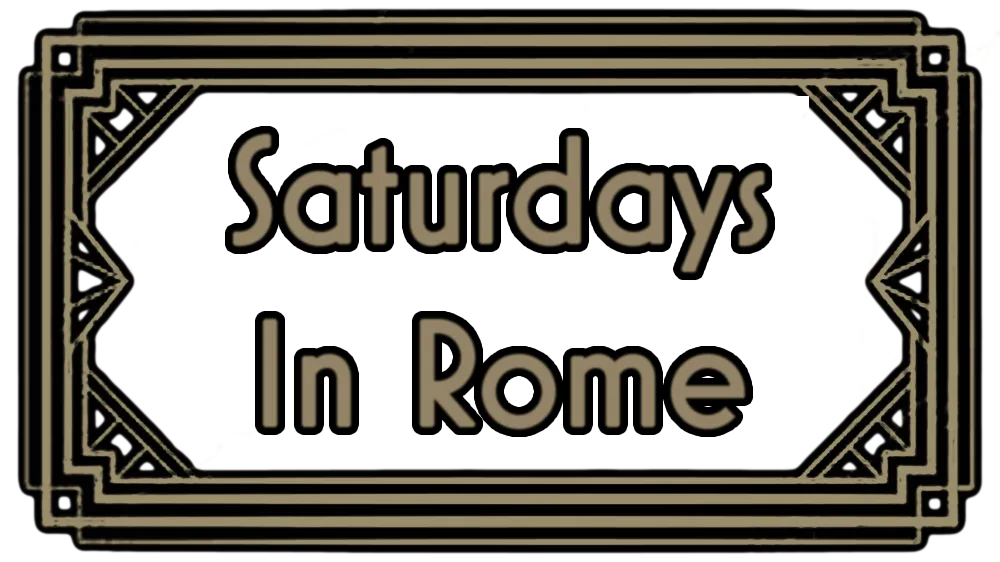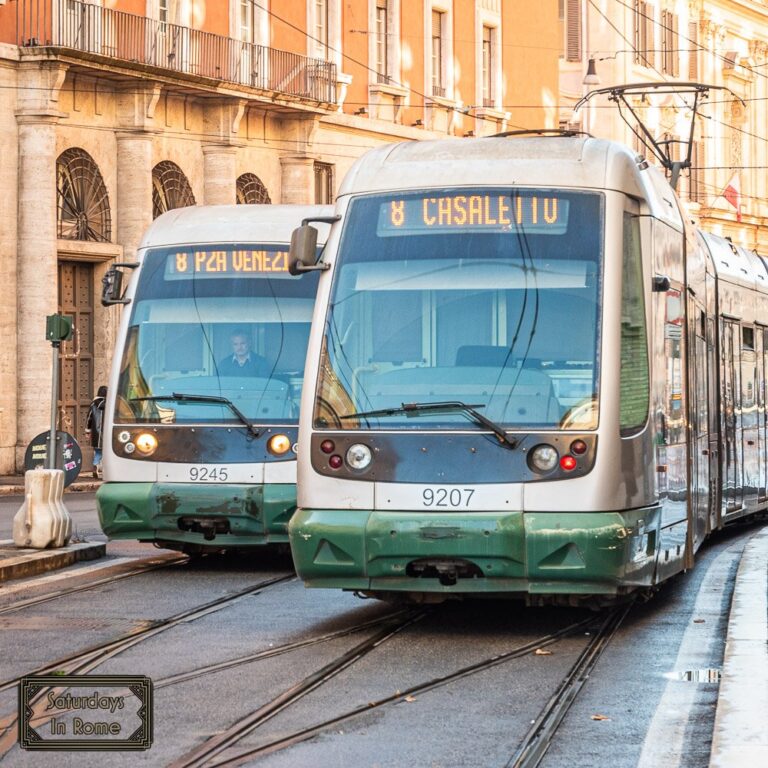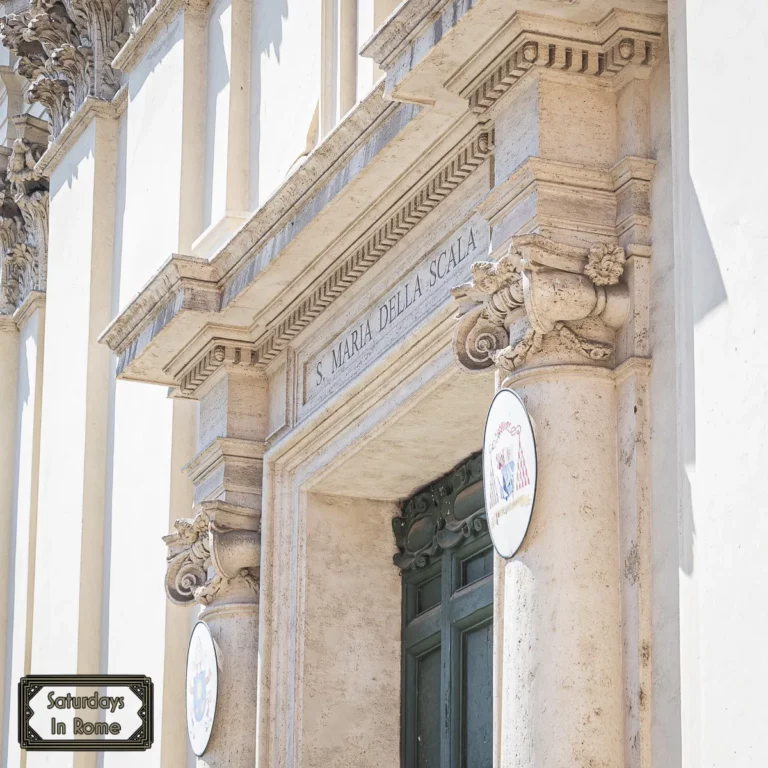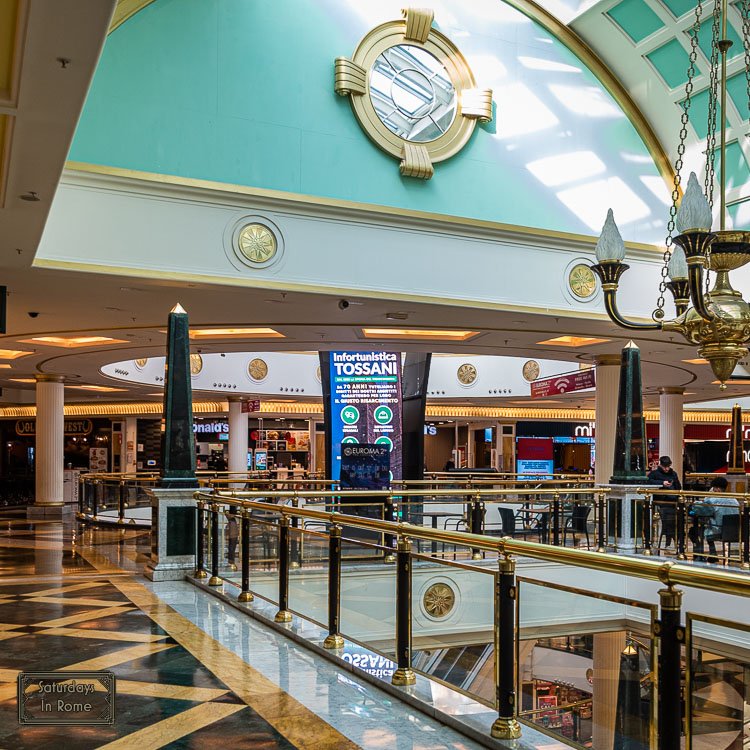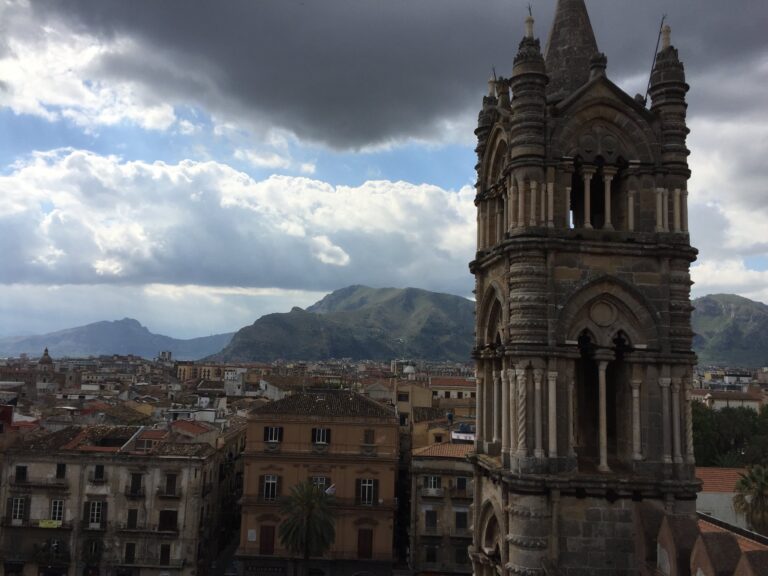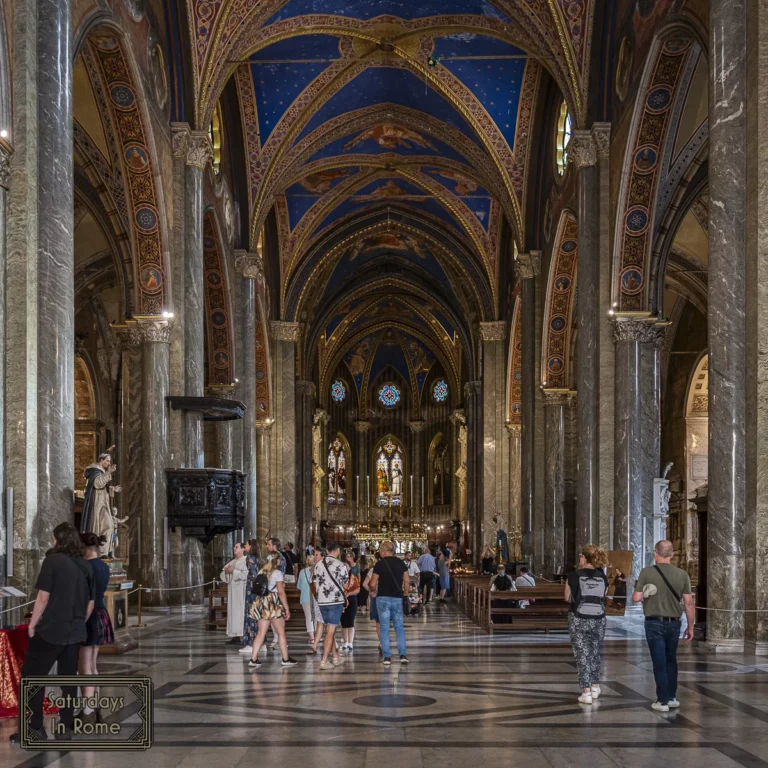Ancient Sites In Rome – Exploring the Most Important Sites
Exploring the ancient sites in Rome, both above and below ground, gives you a historical perspective that spans centuries of the greatest civilization ever.
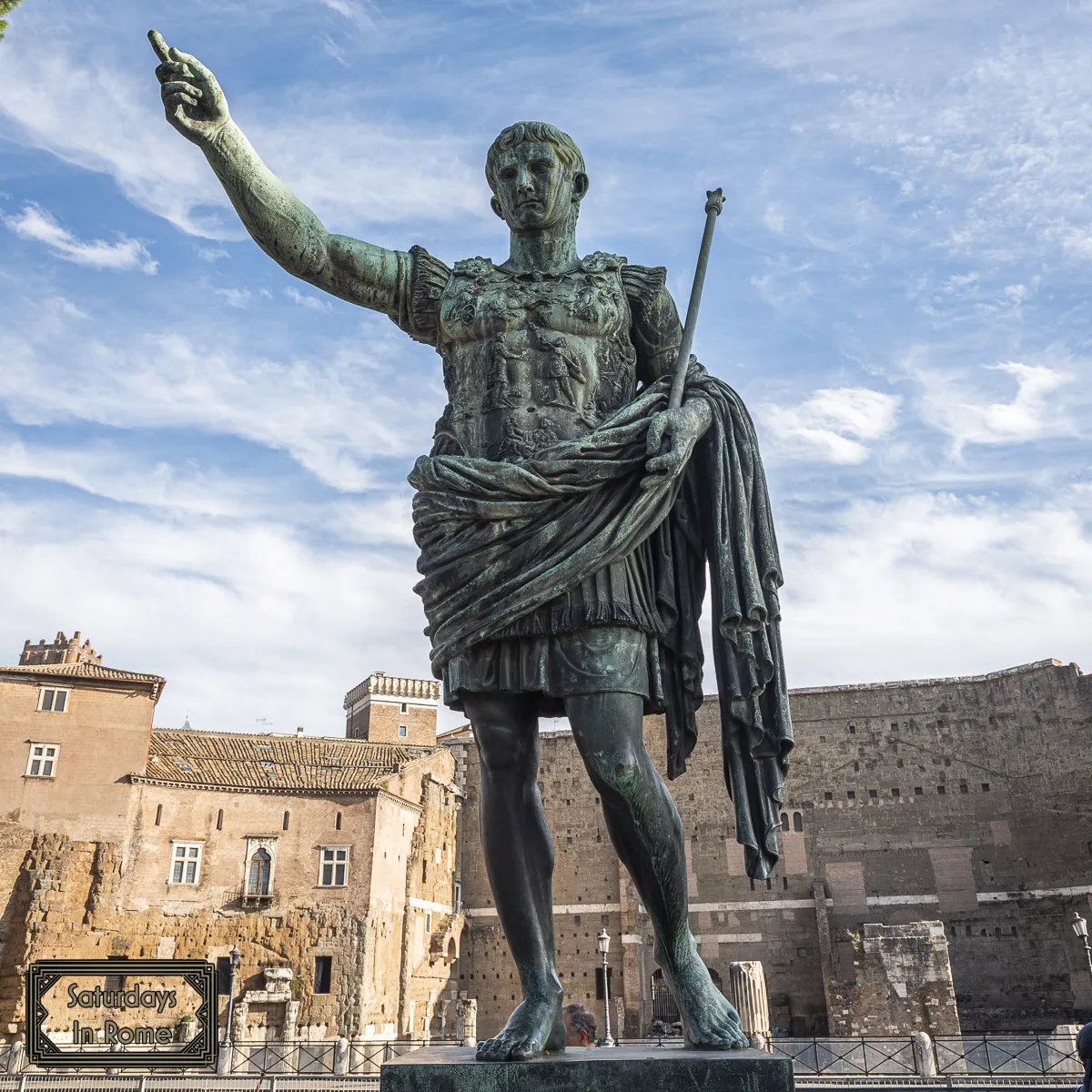
When you walk through Rome, you’re never far from history. This history can be either below your feet or above ground staring you in the face. Beneath your feet are the remnants of an empire that shaped the modern world, and above the ground, a city that continues to invite visitors from around the world, and the numbers are growing.
Need Help Planning?
- Cheap Flights: Find The Most Affordable Flights.
- Accommodations: From 1 to 5 Stars And More.
- Car Rentals: Affordable Travel Across Italy.
- Sightseeing Tours: Explore Some Amazing Tours.
- Buying An eSIM: Stay Connected In Italy.
This post includes affiliate links.
I’m not exaggerating when I say that the Roman Empire ruins and ancient landmarks are part of everyday life here. From a morning espresso in the shadow of the Colosseum to an aperitivo overlooking the Roman Forum. Rome is a city where ancient and modern live side-by-side, and exploring it means stepping through various layers of time.
Some of the examples of this are quite literal. We live near a church that is made of three levels that cross 2,000 years. The lowest level was likely built in the first century A.D. and you can still hear the aquifer water running below your feet.
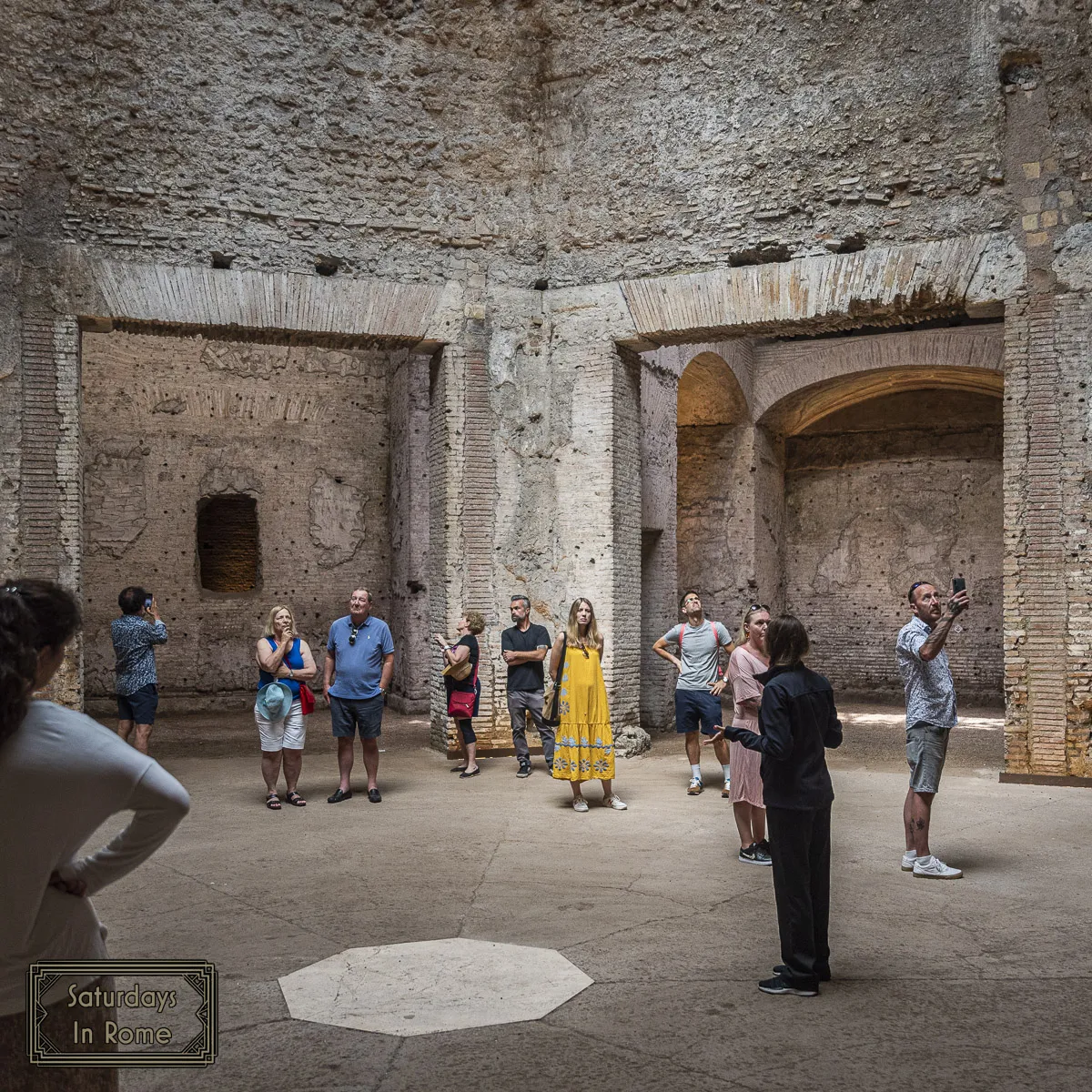
The second level, built on top after filling in the old level with dirt, was added around the 4th century. The top level, and the current Basilica was built in the 11th century and thanks to some excavation work, you can travel across time visiting points in history on all three levels.
If you’re planning a trip to Rome and wondering which ancient sites are worth your time, we’ve detailed some of the most fascinating and lasting of the Eternal City.
The Foundations of Ancient Rome
Let’s begin at the heart of it all: Palatine Hill. According to legend, this is where Romulus founded Rome in 753 BC after slaying his brother Remus. Mythical beginnings aside, the hill is layered with history. As you wander its ruins, you’ll find the remains of imperial palaces, gardens, and ancient homes. The views of the Roman Forum from here are spectacular, giving you a sense of just how central this hill was to everyday Roman life.
For more information: This is your guide to Palatine Hill.
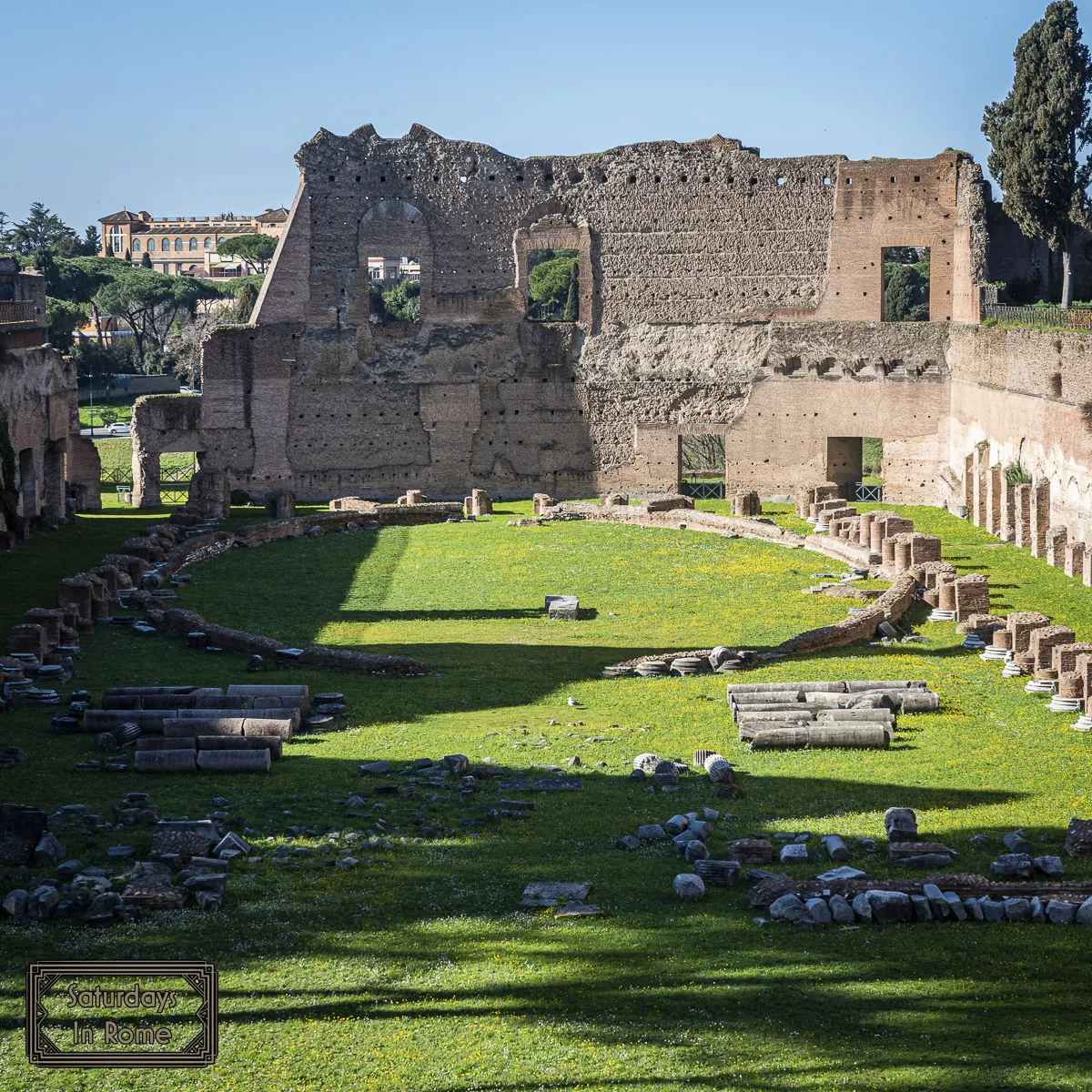
Just down the slopes from Palatine Hill is the Roman Forum, once the bustling center of public life in ancient Rome. Here, senators debated laws, citizens gathered for festivals, and victory parades passed beneath monumental arches. Even in ruin long after the days of the empire, it maintains a sense of grandeur.
Two notable events happened at the Roman Forum:
- Following his murder, the body of Julius Caesar was brought to the Roman Forum and was publicly burned. It was buried in the same spot and every year (even to today), on March 15th, flowers are placed on his burial site.
- Marc Antony brought the severed head and right hand of his enemy Cicero to display his great triumph. Interestingly, Antony’s wife Fulvia took Cicero’s head, pulled out his tongue, and jabbed it repeatedly with her hairpin in final revenge against Cicero’s power of speech. Kinda sounds like a sore winner!
Additional details here: Here’s why the Roman Forum is still important today.
A short walk from the Forum brings you to the Forum of Augustus, built to commemorate Augustus’s victory at the Battle of Philippi. From a ticket perspective, this is usually a separate additional cost, but from a geography perspective, it is very close. This forum was dedicated to Mars Ultor, the Avenger, and served both political and religious purposes.
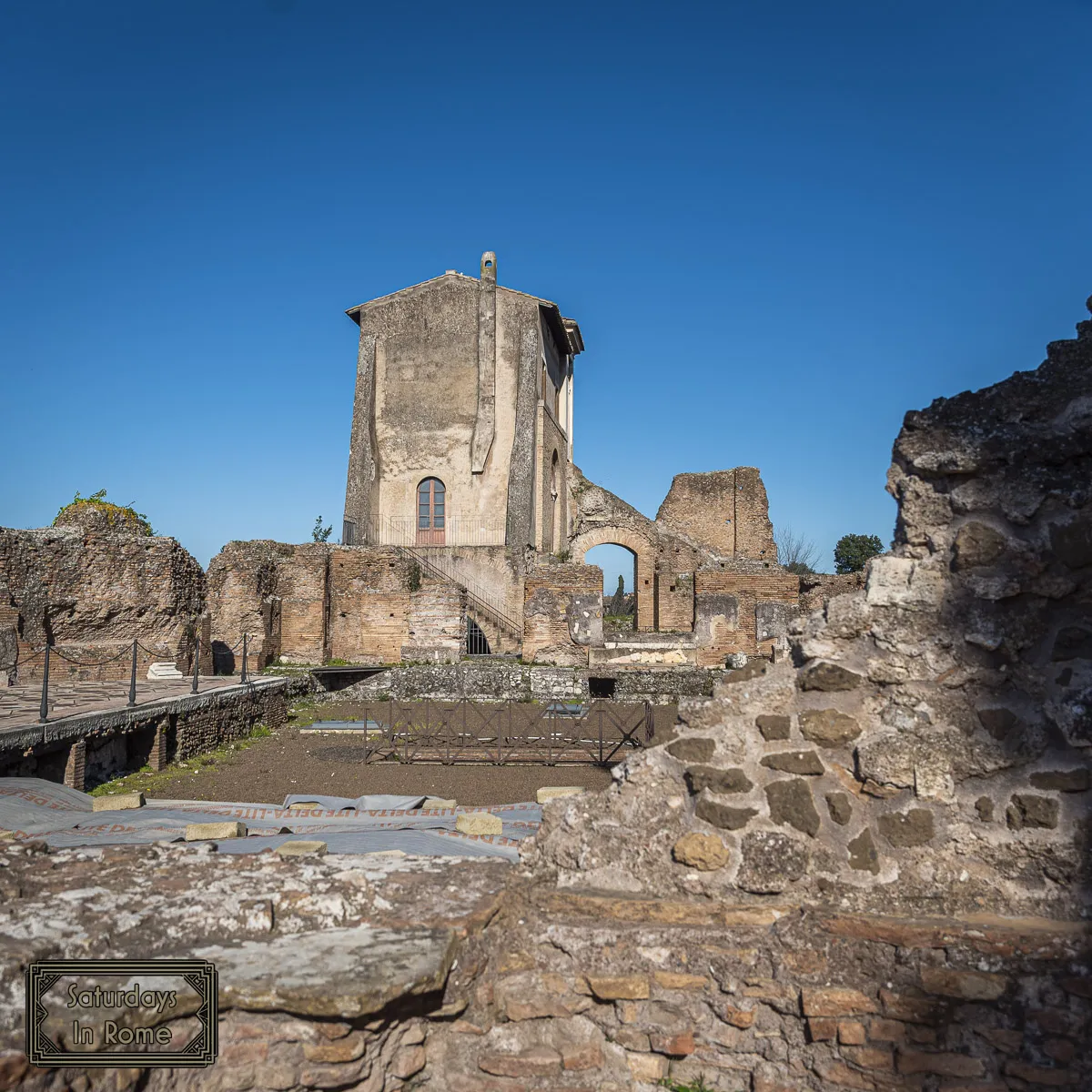
There is a fun multimedia presentation that you can see, called: Viaggio nei Fori. It is a historical journey through the history of the Forum of Augustus. The term they used is that it is a multimedia presentation, but more specifically it is an audio and visual tour with images projected on the forum ruins that show how the various structures were built and how they interacted with themselves and the public.
This article has additional information: Take a closer look at the Forum of Augustus.
Commerce, Civic Life & Gathering Spots In Ancient Times
If you want to see where ancient Romans went shopping for everything from groceries, to wine and clothing, look no further than Trajan’s Market. Not far from, and in fact right next to the Forum of Augustus, it is considered the world’s first shopping mall.
It’s more than just a set of ruins, it’s a window into Roman daily life. With multi-level structures and administrative offices, this space reveals the sophistication of Roman urban planning.

Learn more about: How Ancient Romans Loved To Shop At Trajan’s Market.
Then there’s one of my most frustrating sites in Rome, Circus Maximus. The frustration is entirely self-made because of how the expectations of a giant circus didn’t really live up to the reality of a big field of grass. I’ve since come to embrace the utility of Circus Maximus, beautiful you are a first time visitor to Rome, you probably don’t need it on your list.
In ancient times, the roars of the crowd once echoed across the valley. This massive stadium hosted chariot races and could seat over 150,000 people. Today it’s a quiet green space, perfect for walking or imagining the ancient spectacles. It is also, and in my mind it has its greatest value as a spot for concerts and large gatherings.
For more details, check out this article: Here’s why Circus Maximus is worth seeing.
If you are looking for a nice spot for a workout and a swim, don’t miss the grandeur of Rome’s most famous ancient thermal baths; The Baths of Diocletian and the Baths of Caracalla.
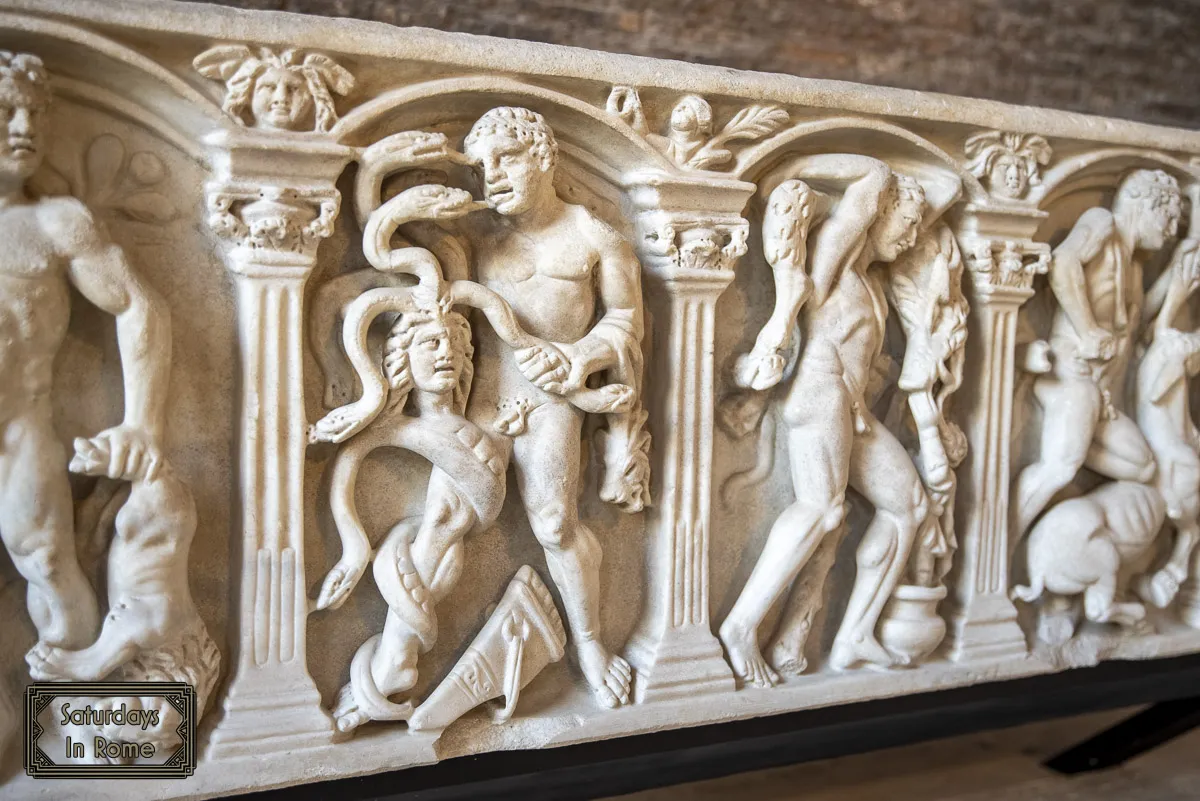
The Baths of Diocletian were once the largest of their kind, complete with libraries, gardens, and gymnasiums. They are very easy to reach as they live right outside Termini Station.
Here is why: They shouldn’t be missed.
Meanwhile, the Baths of Caracalla are some of the best-preserved ruins in the city, showcasing how bathing was about more than hygiene, it was a social affair. In addition, I’ve had a couple opportunities to see seasonal art exhibits that take advantage of this unique space. There are also Opera performances during the summer evenings that you might want to consider seeing.
More details on why you should: Visit the Baths of Caracalla.
Sacred And Scientific Spaces
At one of the larger intersections in Rome, you will find bus stops, tram stops, a cab stand and Largo di Torre Argentina. In this ancient site you’ll find a tangle of ruins that includes four Republican-era temples and the remains of Pompey’s Theatre. But it’s most famous for being the site where Julius Caesar was assassinated, which is reenacted every year on March 15th.
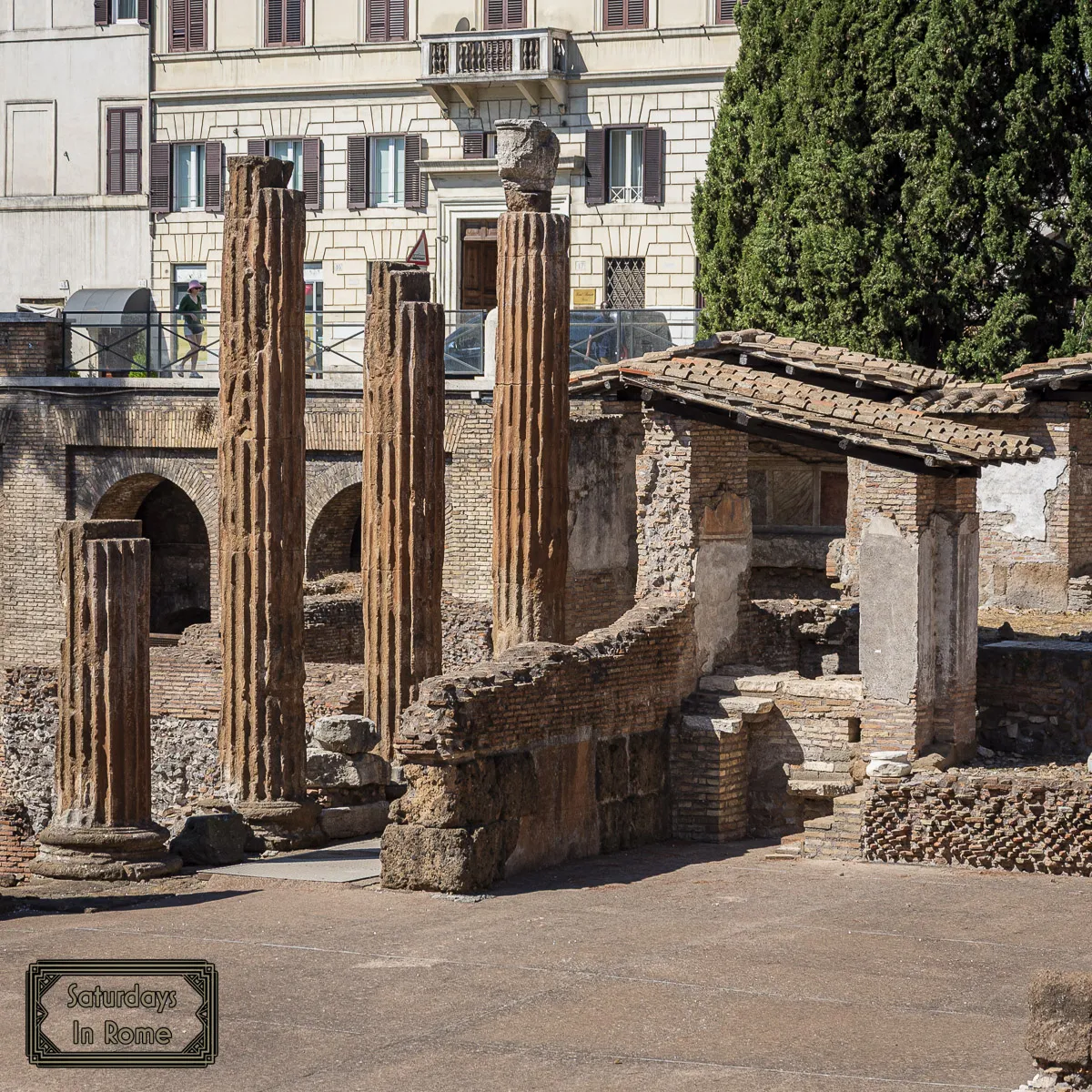
Not long ago, what used to be a street-level viewing only spot expanded to include more views at ground level, with better views of the temples, the theater and the cats in their sanctuary. If you are interested, you can Get a closer look at the exhibit and explore the cat sanctuary among the ruins.
Want to go underground for some amazing historical excavations? Try the Domus Aurea, the infamous Golden House of Nero. This can be found just inside the gates of Colle Oppio park, but unlike the park, it has an additional fee. As someone who has taken this tour, I highly recommend what was a multi-sensory experience.
After the great fire of Rome in 64 AD, Nero built this sprawling, gold-leafed palace as a monument to himself. Modern excavations have revealed stunning frescoes and hidden chambers. Although there is disagreement over whether or not Nero was actually in Rome at the time of the fire, the expression that Nero fiddled while Rome burned speaks more to his unpopularity and depravity as he is written as having practiced every sort of obscenity, ranging from incest to cruelty to animals to homicide.
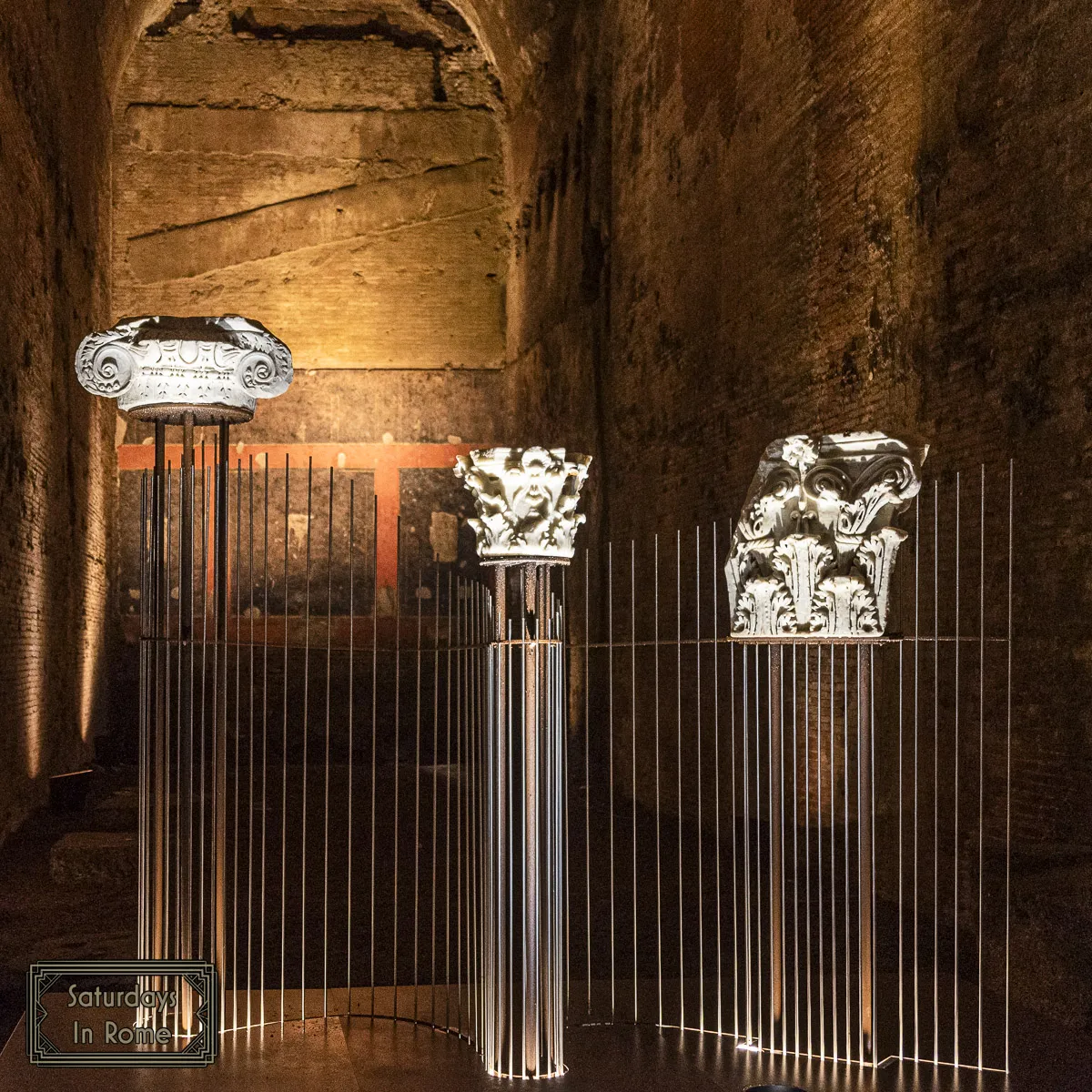
Learn more about the golden Palace here: Take the underground trip through history.
Rome is also home to one of the world’s oldest functioning pharmacies. Located in Trastevere, The Oldest Pharmacy in Rome served popes and the people with herbal remedies and tinctures.
The pharmacy was managed by the order of the Discalced Carmelites, who grew, prepared and sold their medicines here until 1954, the year the pharmacy was closed. Because of its proximity to St. Peter’s Basilica, the pharmacy became so important that it was frequented by cardinals, princes and even popes, so much so that it was called the “pharmacy of the popes”.
More info and photos here: It’s a place where science, religion, and tradition all mix.
Defensive Power Of Rome And The Vatican
You can’t miss Castel Sant’Angelo, originally built as Emperor Hadrian’s mausoleum. Over the centuries, it became a fortress, a papal residence, and even a prison. Today, it offers some of the best views in the city.
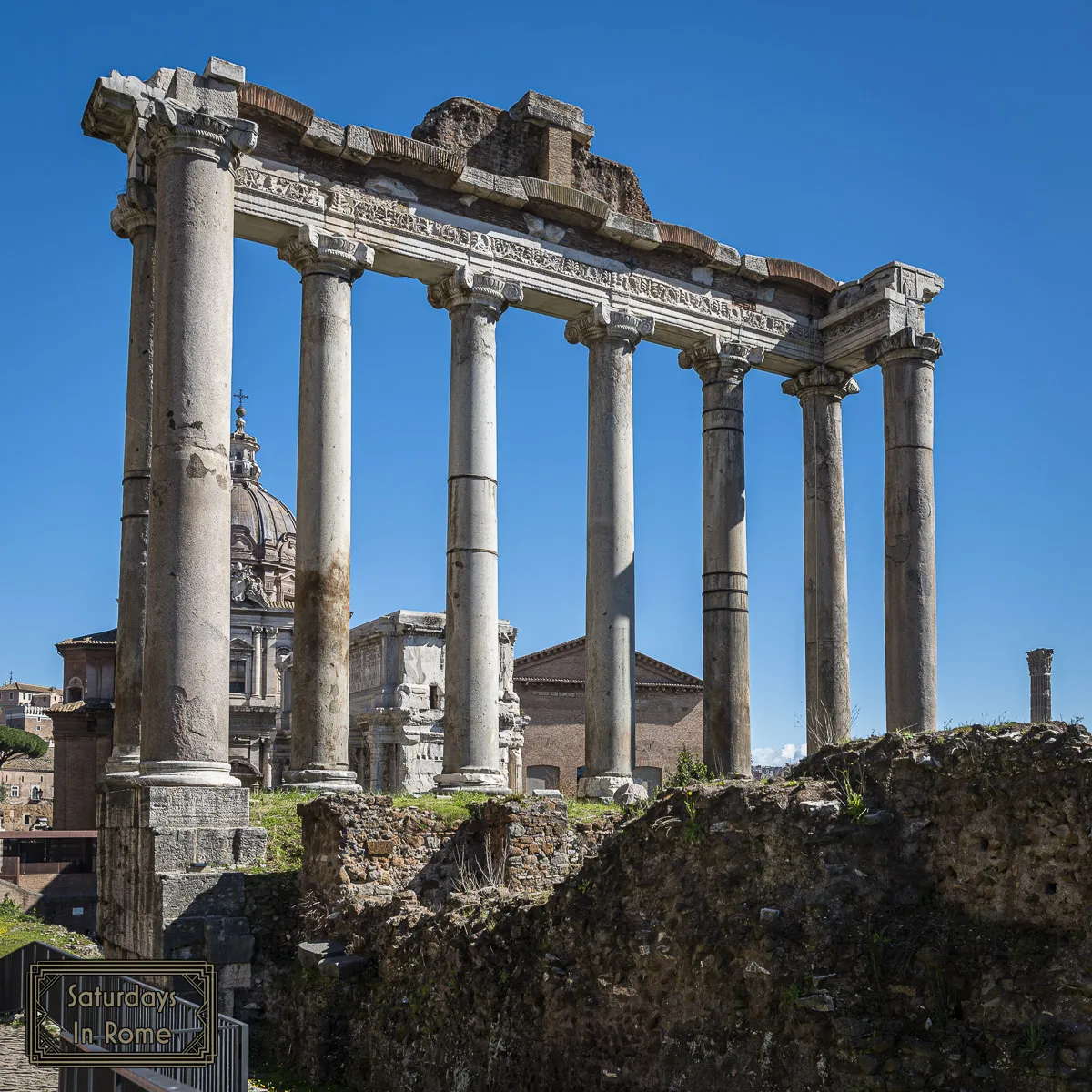
St. Peter’s Basilica was connected to the safety of the Castle by a secret passage almost ½ mile long (800 m) known as Il Passetto di Borgo (or Passetto). At least twice the tunnel was used as an escape, including in 1527 during the Sack of Rome.
Here’s why it’s worth visiting.
Surrounding the city are the Aurelian Walls, built in the 3rd century to defend against invasions. Portions of the wall are still climbable, giving you a unique vantage point over the ancient and modern city.
The Aurelian Walls define the center of Rome (Centro Storico) and contain all the major sites of the city. To the North, the Flaminia Gate allows one to enter Piazza del Popolo. To the south, just beyond the Baths of Caracalla, there is the San Sebastian Gate. To the west is the border on the Tiber River and to the east, the walls include Termini station and Esquilino Hill.
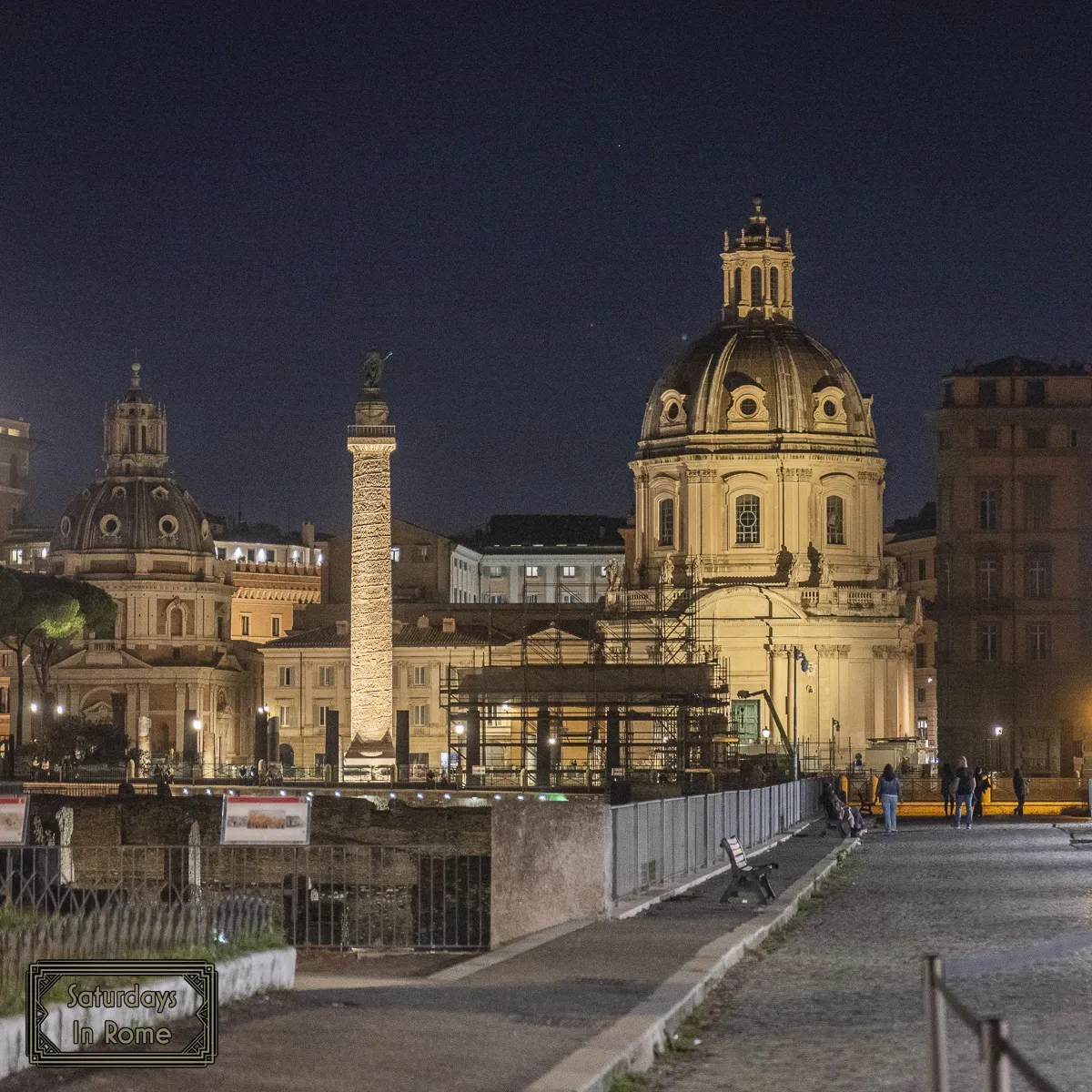
Within the Aurelian Walls is the Servian Wall, which was built more than 200 years earlier, but was replaced because Rome had grown beyond its earlier boundaries.
Just outside Castel Sant’Angelo is the Ponte Sant’Angelo, a beautiful pedestrian bridge lined with angel statues designed by Bernini and his pupils. It’s an Instagram favorite and a perfect link between ancient power and baroque beauty.
The history of this bridge is not all about beauty. For many years the square in front became one of the places where the death penalty was carried out and it was customary to expose the bodies of those executed on the bridge, as a warning to the population. The first show of punishment dates back to the year of 1500.
Read more about the angel-lined bridge.
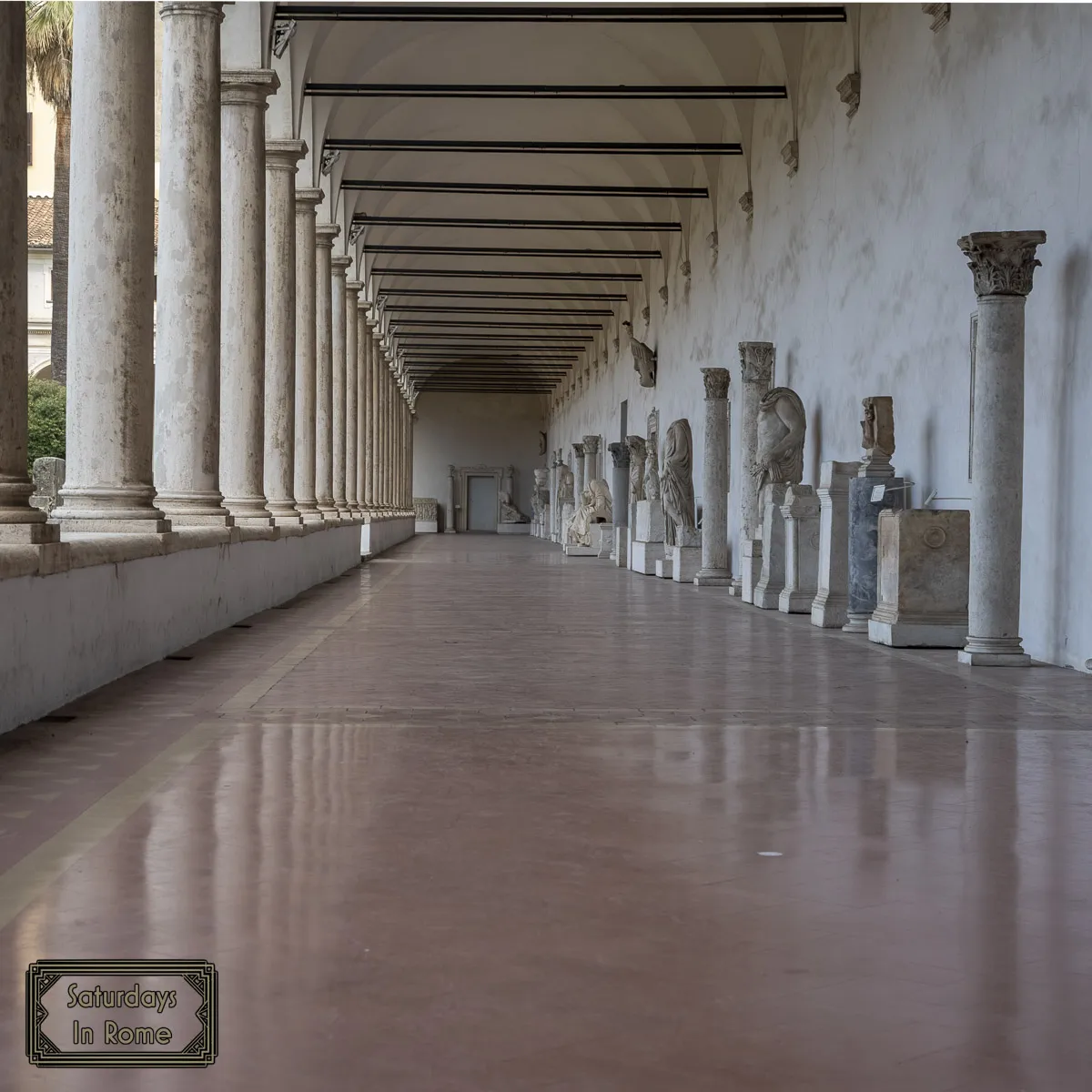
Piazzas And Urban Life
Piazza del Popolo has seen it all—from executions to fireworks. With twin churches, an ancient Egyptian obelisk, and a grand entrance to Villa Borghese, it’s a space where Rome shows off its beauty. Experience the beauty and history.
Not far away is Piazza di Spagna and the famed Spanish Steps. This baroque masterpiece has ancient roots, connecting the Trinità dei Monti church with the bustling shopping streets below. In spring, the stairs bloom with azaleas. The Spanish Steps really are beautiful and the flowers are a sure sign of spring.
And then there’s Piazza Vittorio Emanuele II, a more local-feeling spot with layers of history underfoot. Look for the Magic Door and hidden Roman ruins. This piazza has mystic treasures and movie moments.
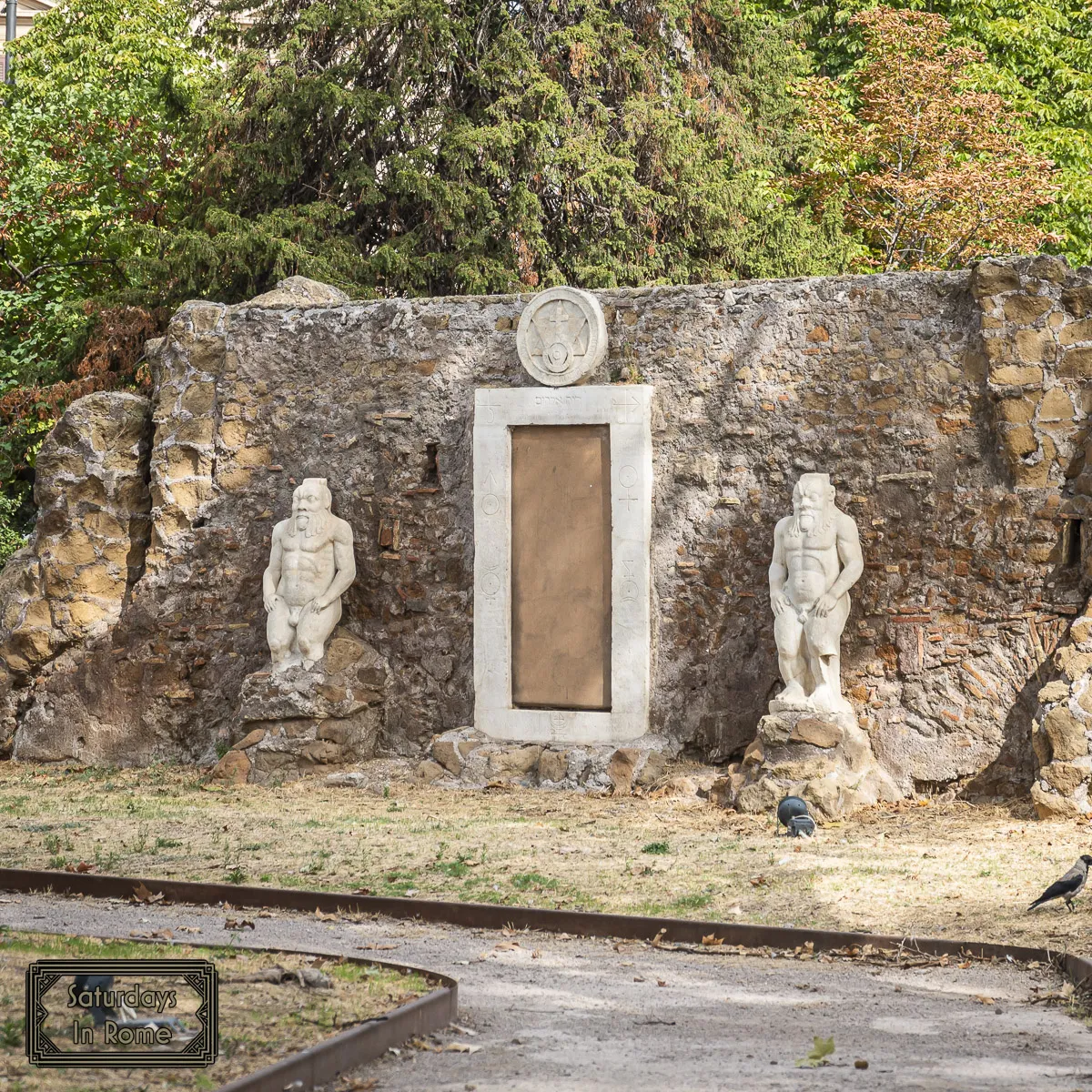
The River that Sustained Roman Civilization
Flowing through it all is the Tiber River. In ancient times, it was a lifeline for trade, transportation, and defense. Like many rivers around the world, from ancient times, the river has been polluted to varying degrees over the centuries. From being a dumping ground for the Roman sewer system to more modern industrial discharge, the Tiber river now includes toxins, harmful bacteria and is no longer able to support fishing.
There are efforts to improve the water quality of the Tiber, but given the scale of the problem, and the well-deserved challenges with Italian bureaucracy, it will take a very long time to make any meaningful improvements. Today, it’s a tranquil place to stroll and reflect, especially as the sun sets over its bridges, but don’t eat anything from it!
Here’s a bit more history, facts, and optimism about the Tiber.
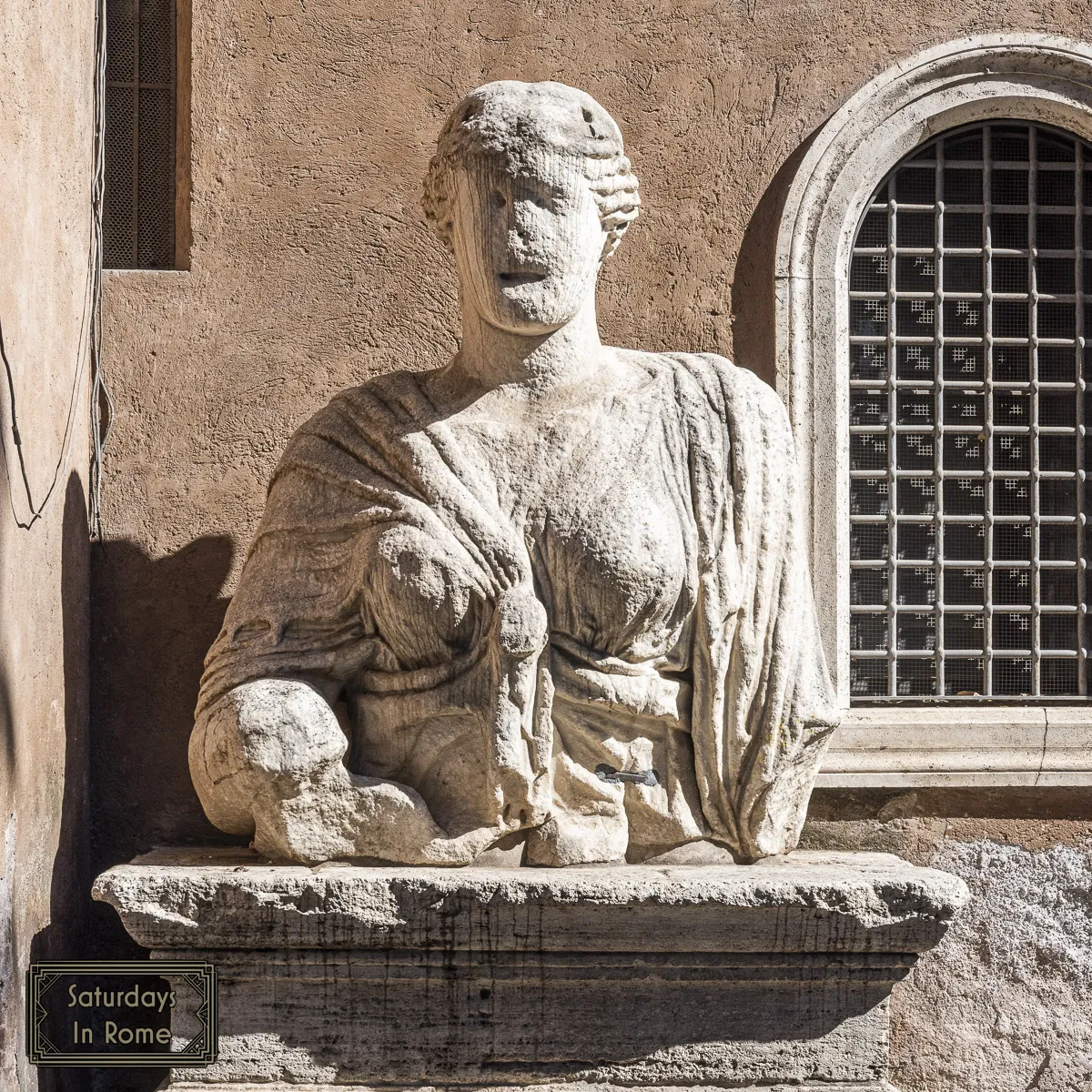
The Only Way To Talk Politics
Finally, meet the Talking Statues of Rome. Roman citizens, since the sixteenth century, would post anonymous messages (pasquinades) with a strongly satirical, humorous or provocative tone attributing to the statues the ability to ‘speak’ in the name of ordinary people. The main targets of these protests were the politicians of the day.
These figures became public bulletin boards where anonymous citizens voiced all types of political complaints. It’s a tradition that continues today, and you can still find their witty messages posted from time to time. See which statues still talk.
Ancient Rome Is Still Alive
The Ancient sites in Rome aren’t a place you visit once and check off a list. It’s a city you come back to again and again. The ruins, the piazzas, the bridges and the baths all have their own rhythm, and when you walk among them, you start to feel it too. There is a saying that a visitor to Rome can take an entire lifetime to see everything, and as someone who is trying to, I believe it.
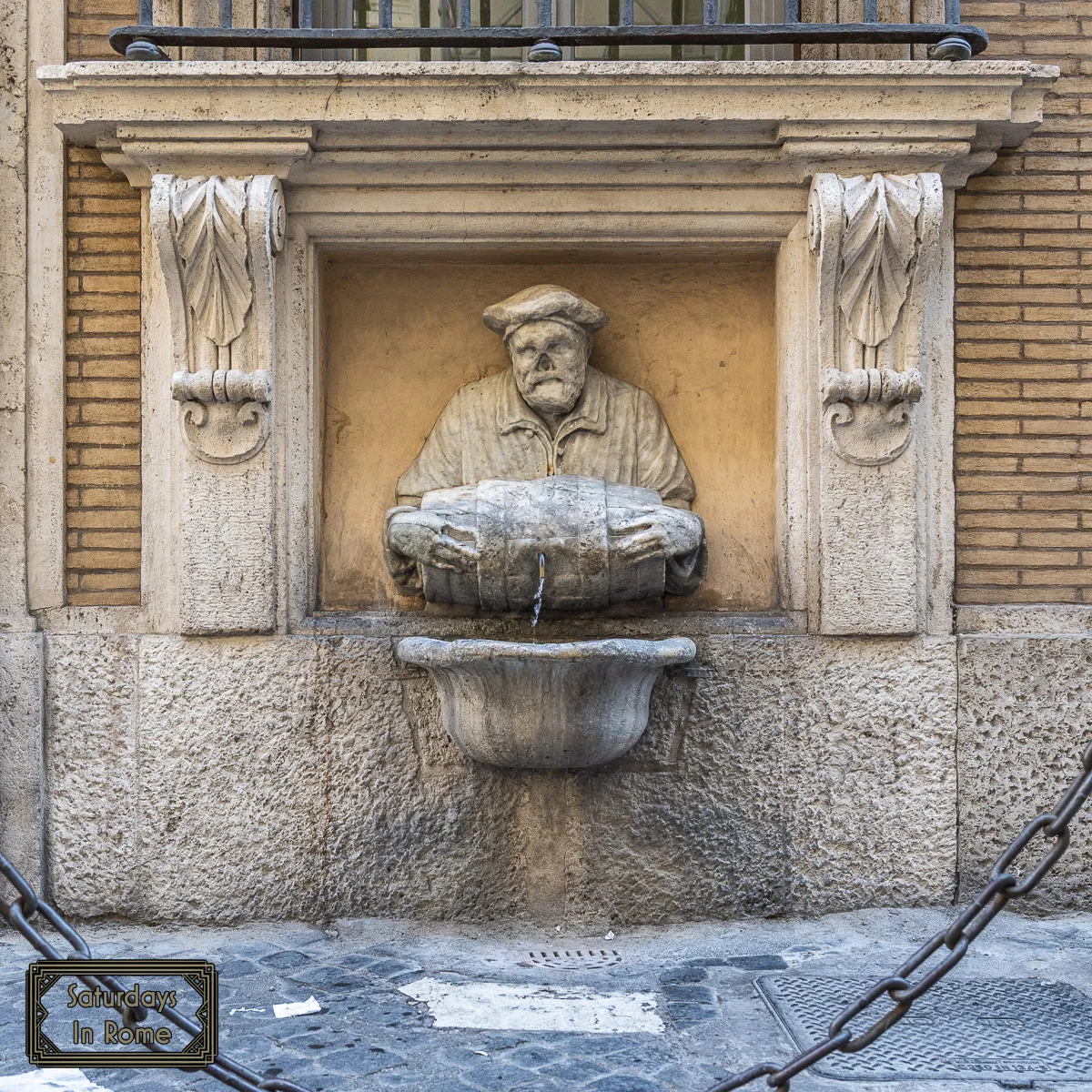
Whether you’re planning your first trip to Rome or you’re moving here, we hope this guide helps you discover new corners of the ancient world. And don’t forget to click through to our supporting articles for deeper dives into each site:
- Top Sites to See in Rome: Our Complete Guide.
- The Roman Colosseum: An Icon of The Ancient World.
- Exploring Rome Parks: A Guide to the City’s Greenspaces.
- Exploring The Great Churches of Rome One Altar At A Time.
- The Seven Pilgrim Churches Of Rome Are A Way To Connect.
- Understanding Rome’s Neighborhoods For The First Time Visitor.
- The Beautiful Rome Fountains You Must See On Your Next Visit.
- Egyptian Obelisks In Rome Need To Be On Your Itinerary.
- Modern Sites In Rome: Contemporary Sites Worth Visiting.
- Beautiful Places In Rome, Italy That Shouldn’t Be Missed.
- Bad Tourist Behavior In Italy Needs To Be Avoided By All.
- Is It Worth Visiting Castel Sant’Angelo In Rome?
- The Tiber River In Rome – History, Facts And Optimism
- The Oldest Pharmacy In Rome Served Popes And The People
- The Spanish Steps Flowers Are A Sure Sign Of Spring In Rome
- The Aurelian Walls In Rome Are Ready For Climbing
- Trajan’s Market Is Where Ancient Romans Loved To Shop
- Piazza del Popolo Rome – The Beauty And The History
- The Largo di Torre Argentina Exhibit Is More Up Close
- The Ancient Circus Maximus In Rome Is Worth Seeing
- Why Is The Roman Forum Important Still To This Day?
- The Palatine Hill In Rome, Italy – This Is Your Guide
- The Thermal Baths Of Diocletian In Rome Shouldn’t Be Missed
- The Forum of Augustus
- Piazza di Spagna, Rome and the Spanish Steps Are Beautiful!
- Caracalla’s Ancient Roman Baths In Rome Are Worth A Visit
- Largo Di Torre Argentina Rome Is A Sanctuary In The Ruins
- Piazza Vittorio Emanuele II Has Mystic Treasures And Movies
- Nero’s Golden Palace Is An Underground Trip Through History
- The Ponte Sant’Angelo Statues Line A Beautiful Bridge
- These Famous Talking Statues Are Talked To With Complaints
